Over the years, I’ve learned a lot from my ice-angling companions. These tips are from guys that spend a lot of time on the ice. Sharing their insights has made me a better angler, and hopefully they will help you too.
1. Artificial attraction
Davis Viehbeck is a multi-species expert based out of Thunder Bay. Viehbeck experiments with baits as much as anyone I know. So, when he talks about hot tactics, it pays to listen.
“Walleye can get fussy in winter, and when they won’t commit to a traditional jig and minnow presentation, switch it up for an artificial imitation like a 3- or 3.5-inch drop-shot minnow-style bait and insert some snap into your jig stroke. Short snap-jigging evokes a violent reaction strike from walleye; just hold on tight to your rod!”
2. Gain against the grain
Jason Durham is a Minnesota school teacher in winter and a fishing guide in summer. He spends every weekend on the ice and has a great tip for anglers that spend their time looking at a flasher.
“Anglers typically try to adjust the gain or sensitivity on their ice-fishing electronics to view their bait as a minimal reading. By turning up the gain, you will see your bait as a larger blob, but will additionally see fish approaching earlier and those apprehensive walleye, perch, or pike at the outskirts of the transducer cone.” Following this tip will allow you to fine-tune your jigging stroke and trigger sluggish fish into biting.
3. Keep that minnow head on
Mike Jackson, co-owner of Fishing World in Hamilton, traditionally takes time off during winter to ice fish. Jackson came up to Sunset Country recently and shared a cool trick for anglers that use jigging spoons.
Bare jigging spoons catch fish, but tipping them with a minnow head improves results. Jackson always tips his spoon with a minnow head and inserts the hook through the top of the head first, and then comes out the bottom. He always adds a small soft-plastic maggot like one from Gulp or Trigger-X to the hook after the minnow head. This keeps it from sliding off while jigging and adds extra scent, which never hurts in cold water.
4. Treat those auger blades
Throughout Ontario, cold snaps are common. When it gets really cold, anglers can run into problems with auger blades freezing. To prevent this from happening, occasionally spray your blades with environmentally friendly cooking spray like Pam, which will coat the blades and resist water from freezing to them. This is a much better alternative than banging the blades against the ice, which can compromise their angles and sharpness.
5. Transducer stirring
Aaron Weibe is a young fish-head from Winnipeg, Manitoba, and has won a lot of money by catching big fish of all species under the ice.
When Weibe is hole-hopping, a technique that works great for crappie, he employs a method he’s named transducer stirring. “I drop the transducer in the hole and try to get it below the ice. Then, I swirl the transducer in a circle. This greatly increases the coverage of the sonar, so I can check a much wider area. It’s especially deadly for crappie, because they often suspend. You have to watch closely, because fish will only appear as a brief flicker. Usually, these fish are still close enough that they will come in for your bait if you drop it to their level. Without doing this, most anglers wouldn’t even fish the hole because they didn’t see any fish directly below them.”
6. Fishing-rod ruler
Many of our waters have slot limits on certain species of fish. These limits work well for improving the overall health of our fisheries. If you plan on keeping a few fish on such waters, sportsman Chip Leer has a great tip.
“Make your ice rod into a measuring device. Since being mobile on the ice is key, mark specific slot points on your fishing rod, so you can then quickly measure whether you can keep your catch or whether you must let it go.”
7. Wear a headlamp
Headlamps are extremely popular among hunters and are an equally effective tool for ice anglers.
My typical day includes fishing for trout or panfish and then ending it on a favourite walleye hole in the evening, where I fish well into dark. Small, powerful headlamps are widely available today. They’re great when it comes time to pack up your things in the dark.
8. Fish where the fish are
Our next tip comes from Scott Steil, another hard-core ice angler who travels far and wide chasing hot bites all over the ice belt.
“Anglers need to realize that during the ice season, 90% of the fish are in 10% of the water. Use technology to find good water and eliminate dead water. Sonar shows us fish quickly, but a GPS unit loaded up with a contour chip can be used to efficiently to find areas and spots similar to where we’ve already found fish. I hit new waters all the time, and this is the system I use everywhere I go to find fish, no matter what the species.”
9. Find the bugs
Cory Schmidt is an underwater-camera expert and uses one to locate colonies of oligochaete and chironomid midge larvae when searching for panfish, especially schools of perch and bluegill.
Schmidt explained, “It sounds a lot more complicated than it is. While a buddy punches holes over 20- to 30-foot-deep soft-basin flats, say one hole every 40 yards, I follow with my underwater camera. I drop down the camera lens, looking for telltale colonies of what look like vertical tubes on the bottom. Both oligochaete worms and chironomids (bloodworms) build these striking tubular structures from the surrounding sediment. During certain periods, usually early and late in the day, the invertebrates inside the tube poke their heads out to filter feed on phytoplankton. When they do this, they become super vulnerable to predation by fish. Perch and bluegill will literally graze off entire tube colonies, which is why they aren’t everywhere and you have to search for them. Colonies can, however, repopulate previously grazed off areas in a few days.”
10. Quickly remove hooks from perch
Horizontal jigging baits like the Northland Puppet Minnow, Nils Master Jigging Shads, and Rapala Jigging Rap may be the best perch baits when the fish are aggressive. The only problem is, these baits are loaded with hooks, which can be a problem when you’re quickly catching fish. To avoid having to fight to get hooks out of perch, cut off the front nose hook and remove the treble hook from these lures. The back hook is all you need to successfully catch perch. You will save time removing hooks from fish and not injure perch you plan to release.


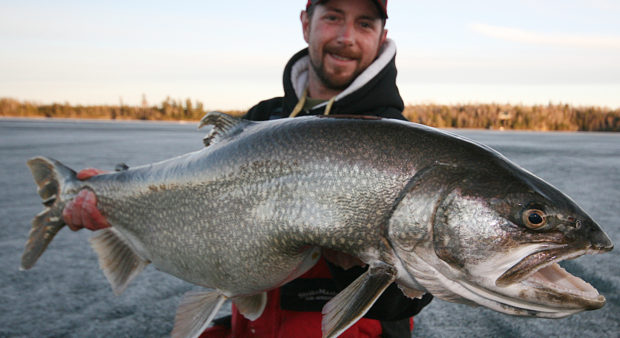
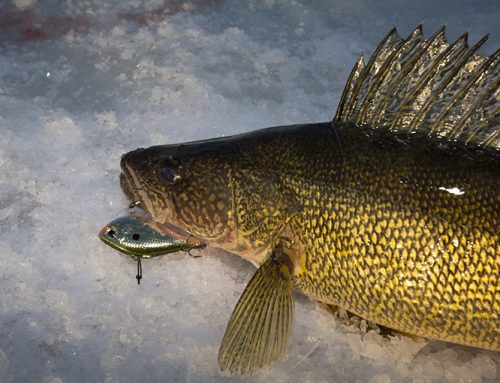
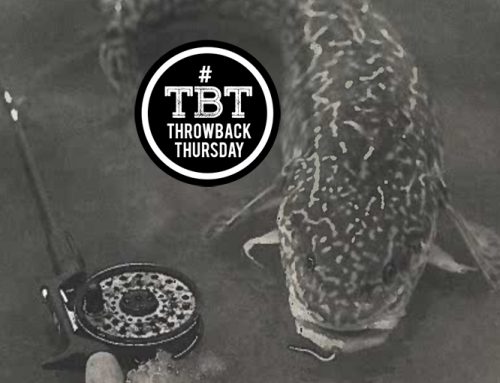
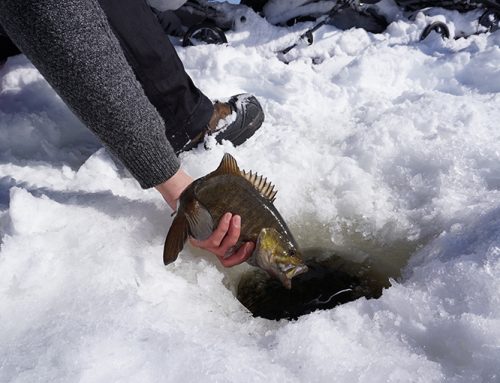
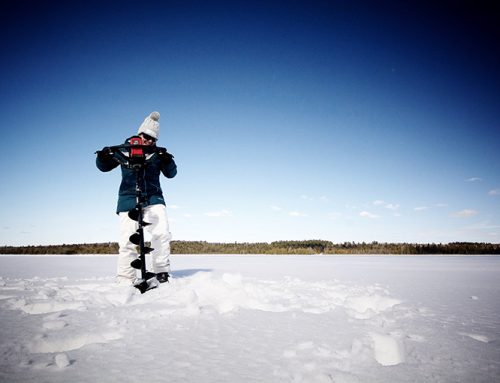
Trick that works every time. Get to know your local conservation officers and find out where they like to go – Go to those spots. (wait for him to leave)
Fish in 12 feet of water of less.
Open your hole and drop in half a dozen egg shells, and a punctured can of sardines.
Fish away using baby clams on your hook as bait.
Cover your self and the hole with something dark so you can observe the activity in the water. – Last time I did this I caught over 80 trout.
I use a garbage bag. Just sayin’
Your going to pollute our waters with sardine cans and tell others to do the same???? This is definitely one of the DUMBEST things I have heard for icefishing by far!!!!
Hopefully 2017 will bring some solid ice.The weather make it impossible for ice fishing so far..Stay safe everyone